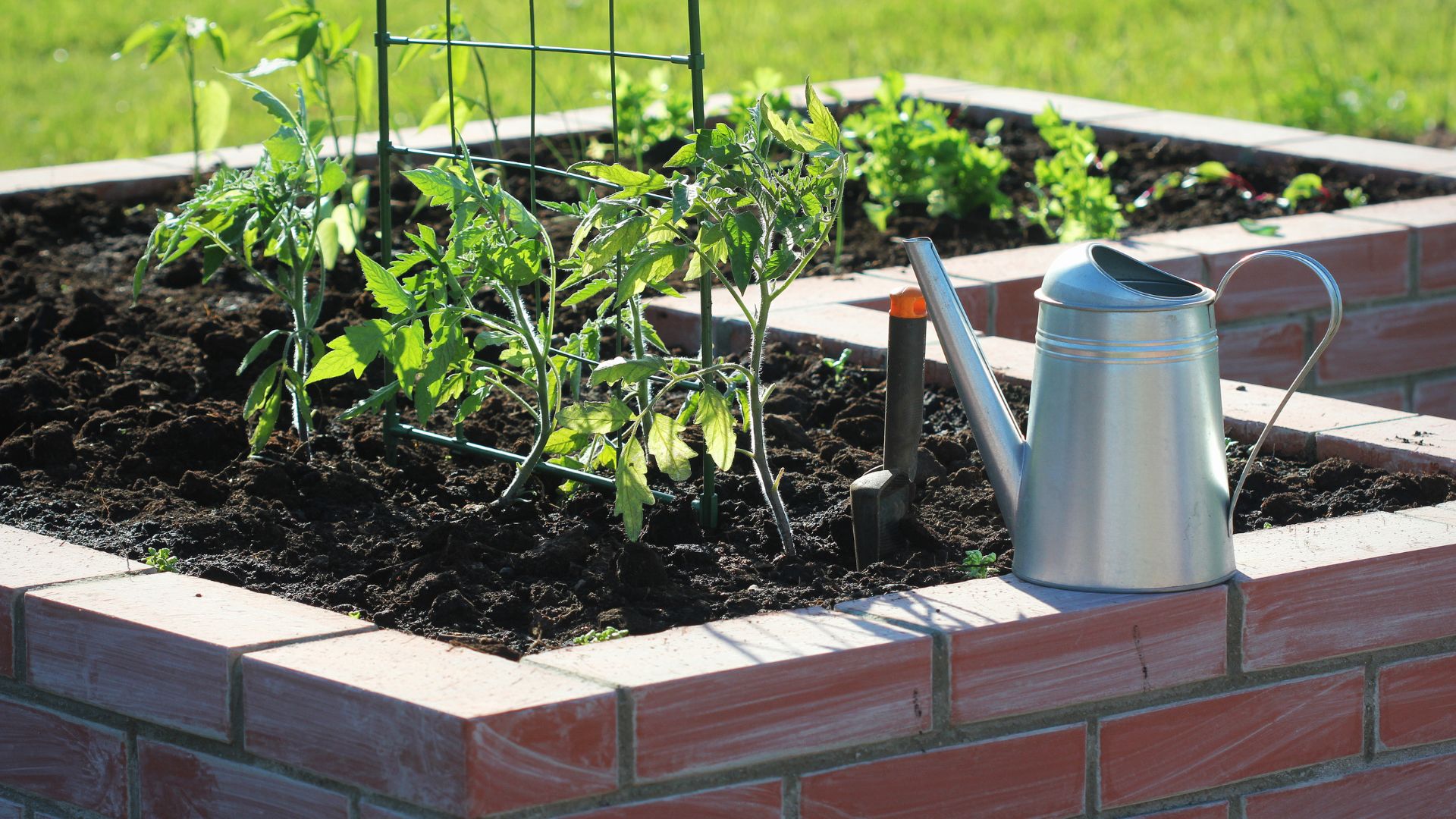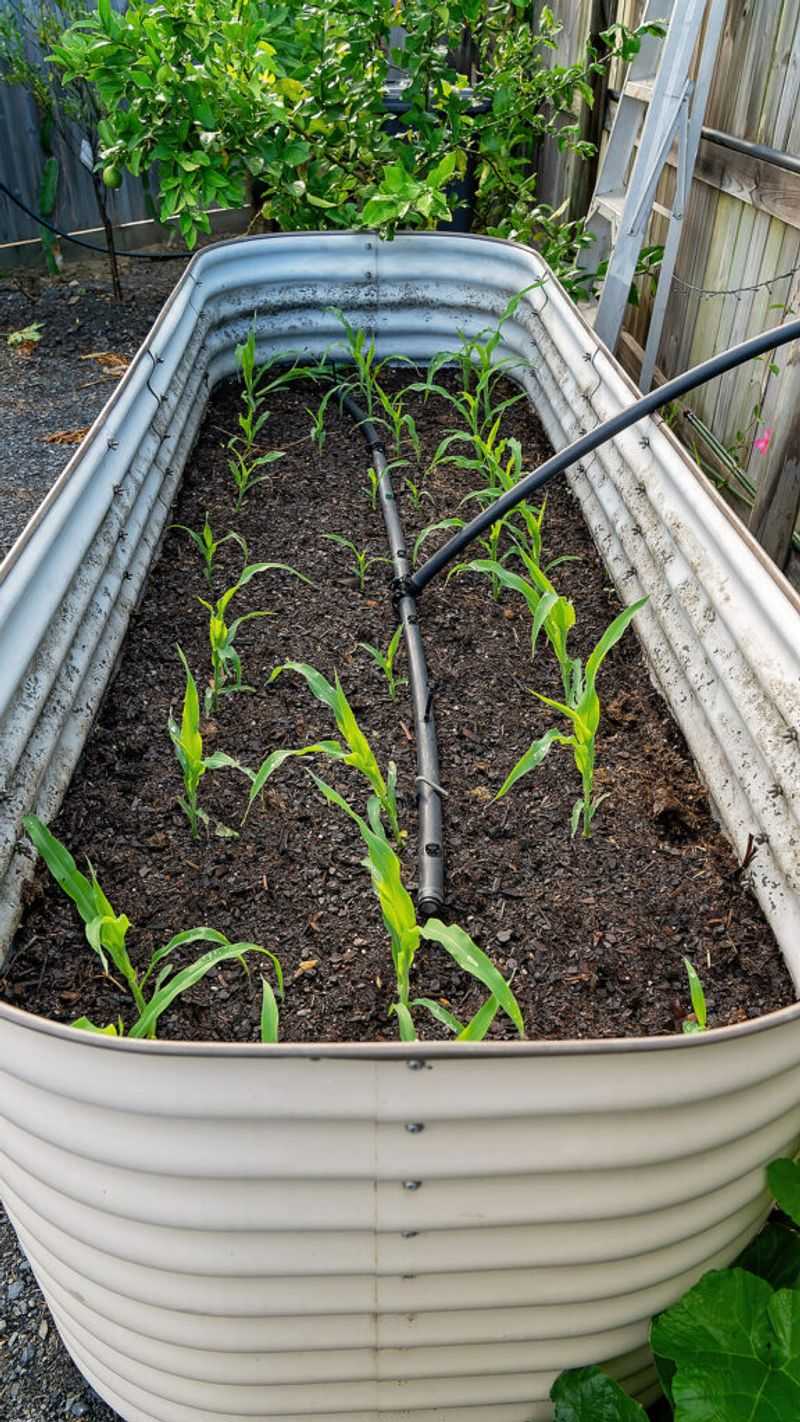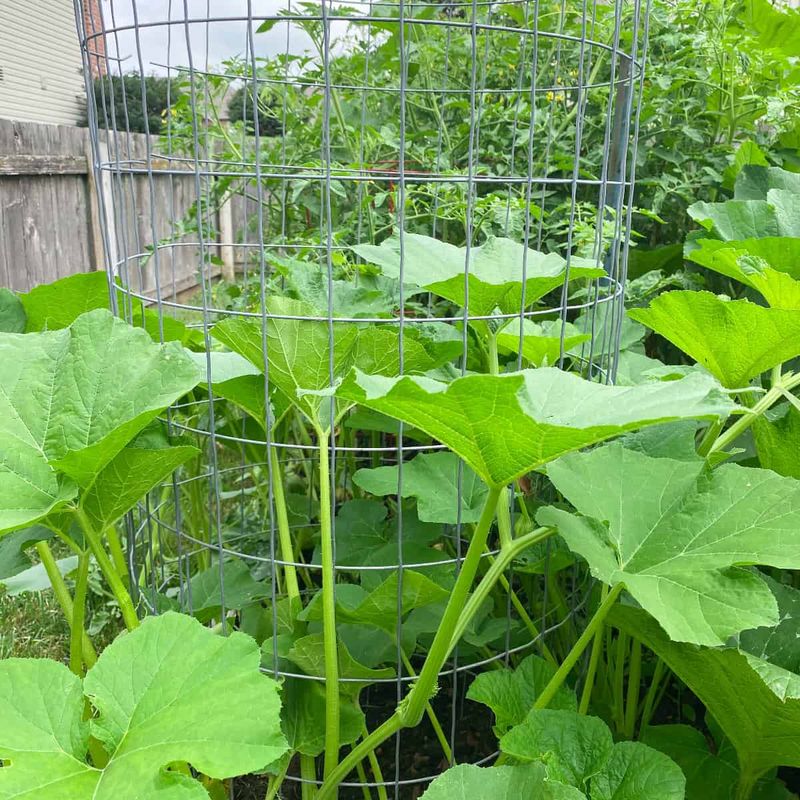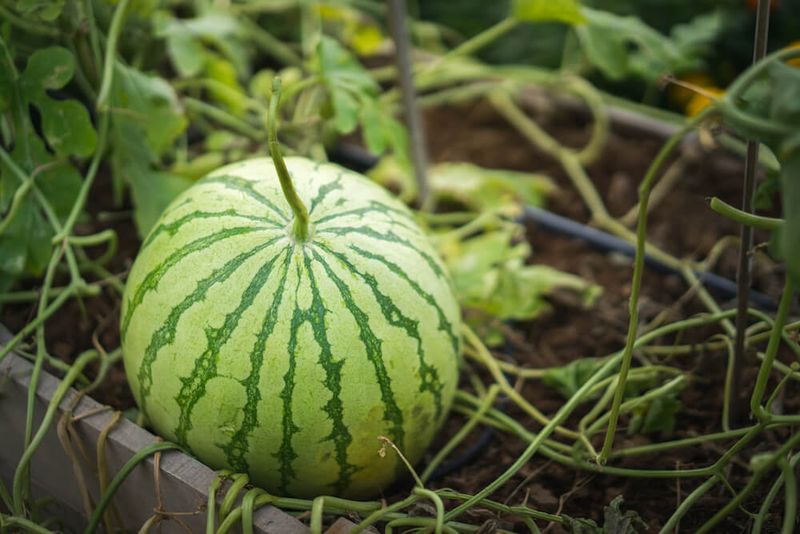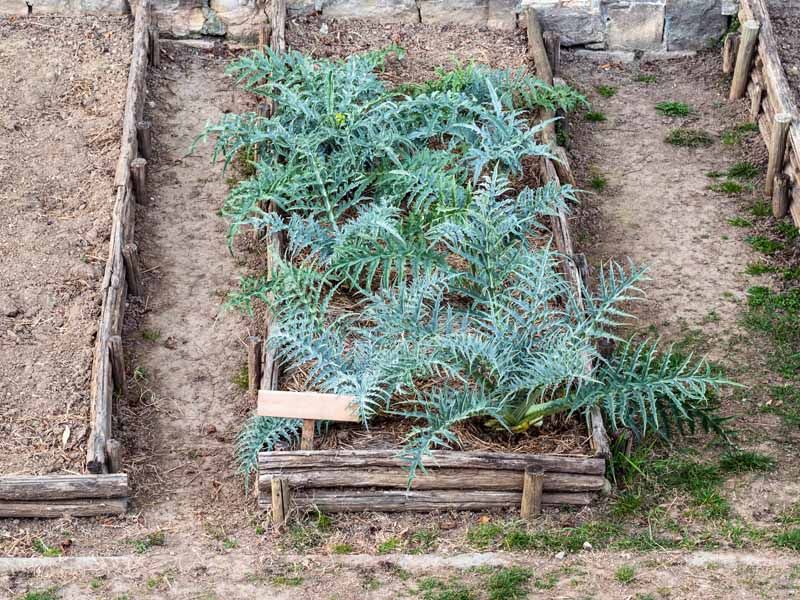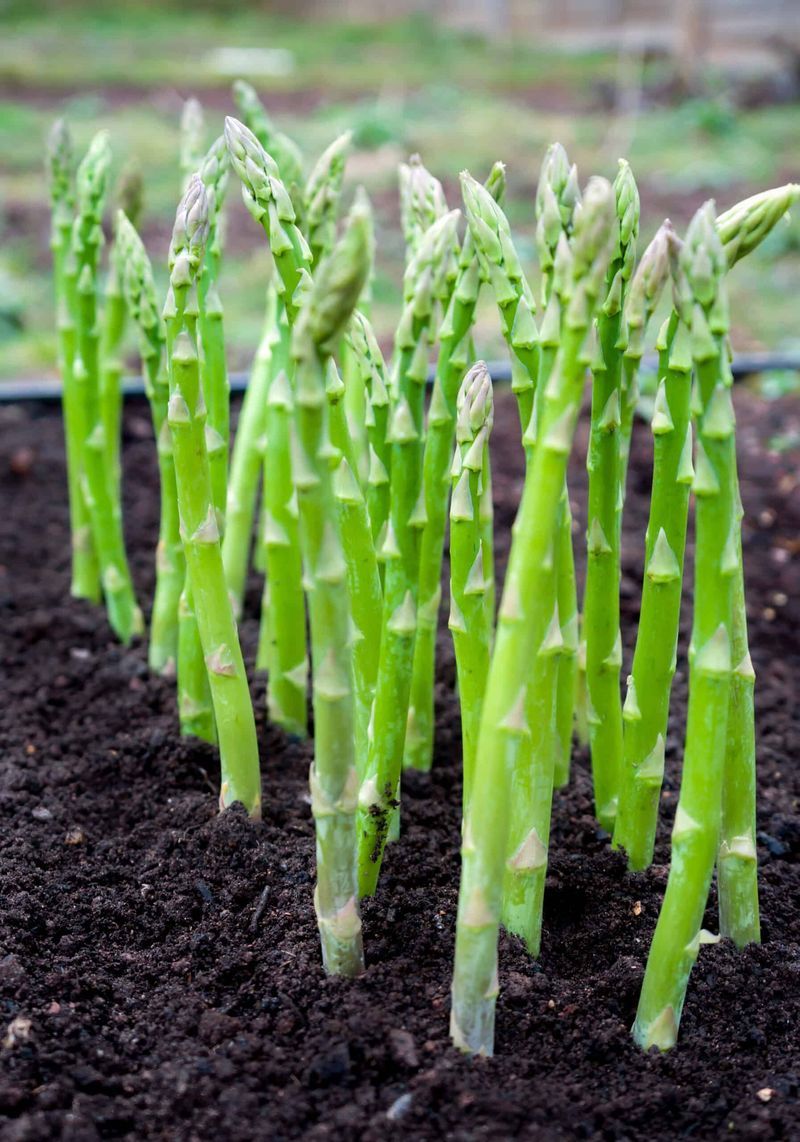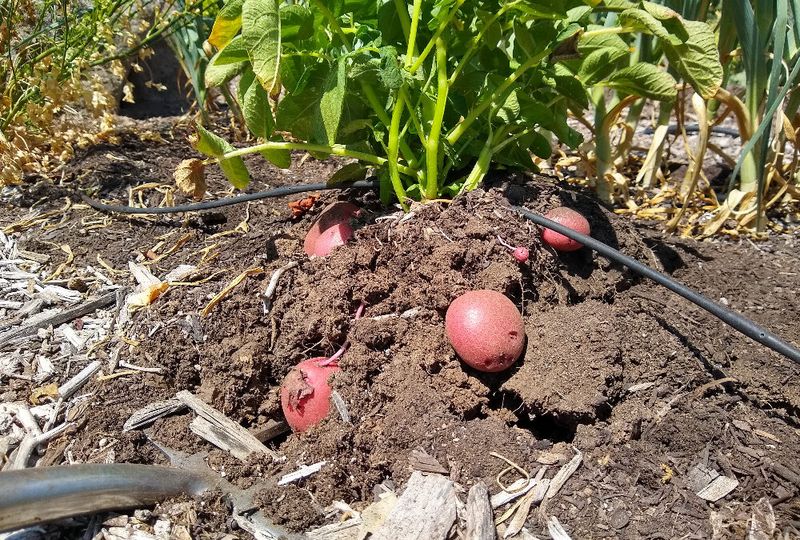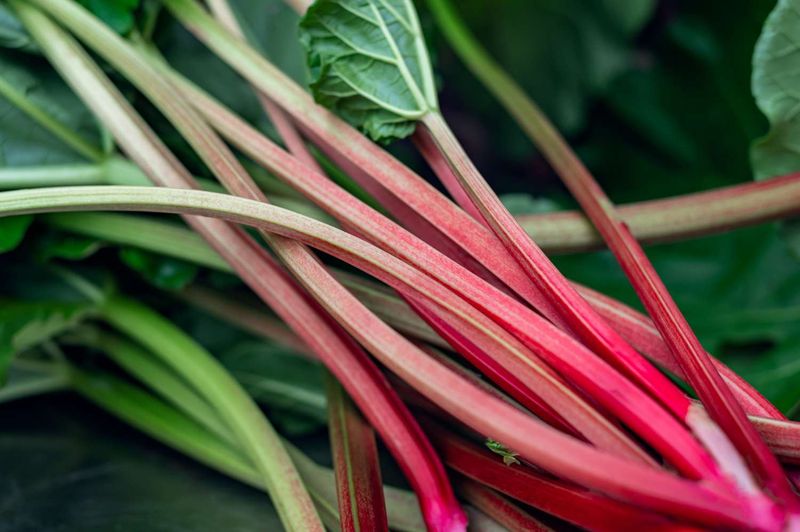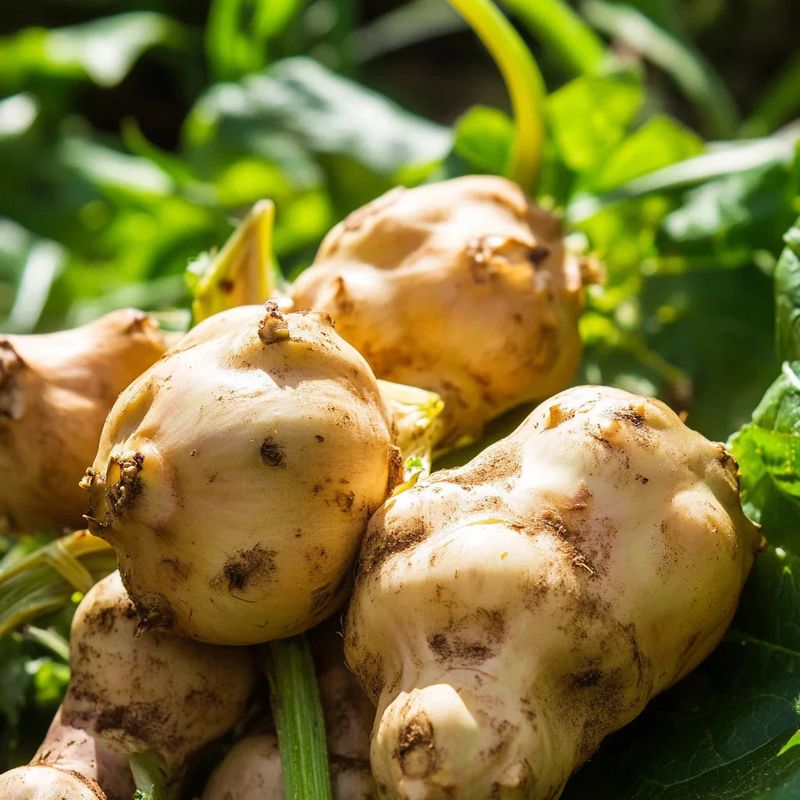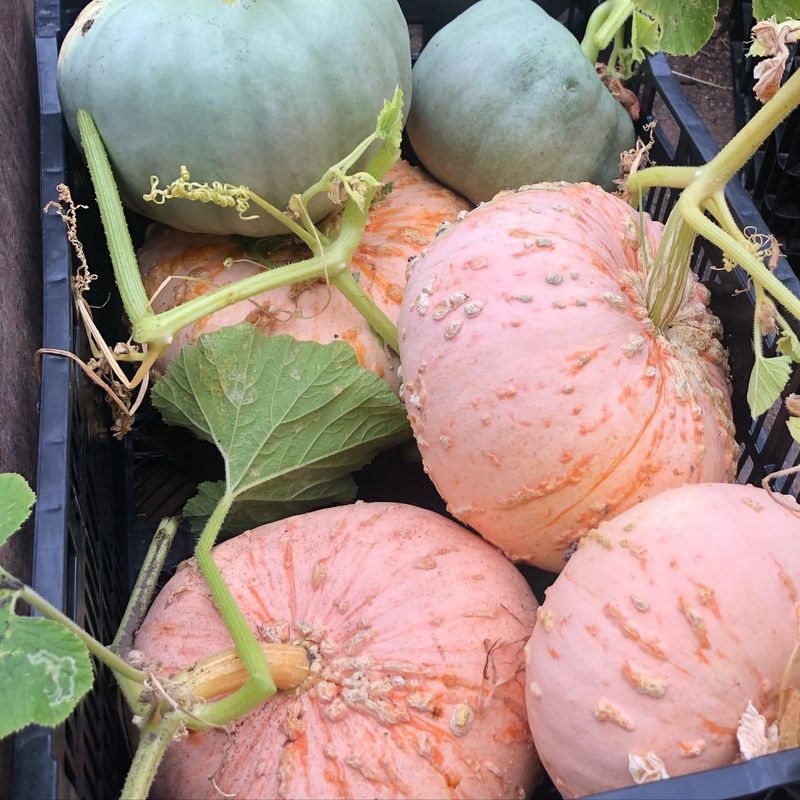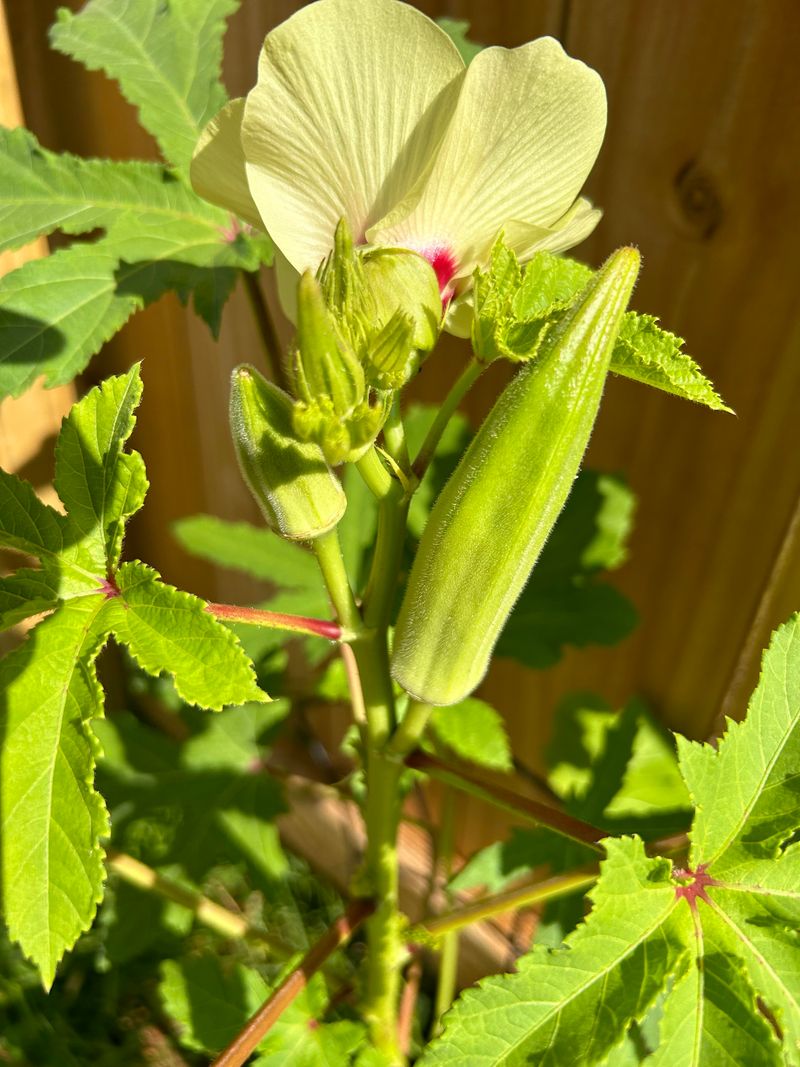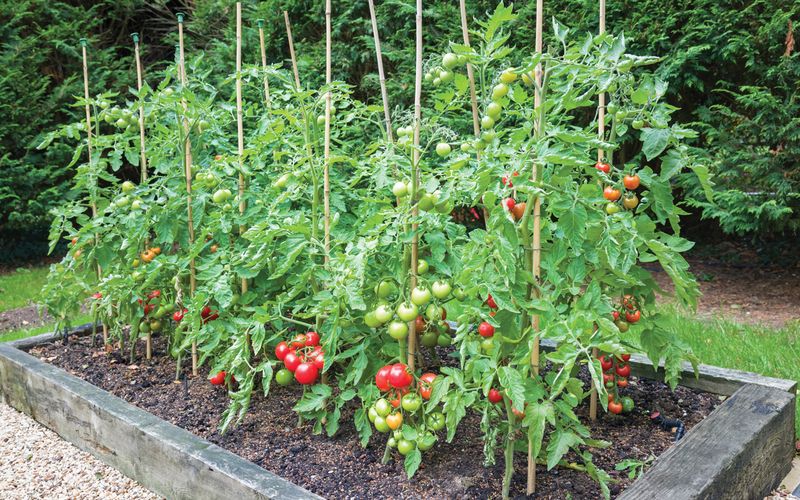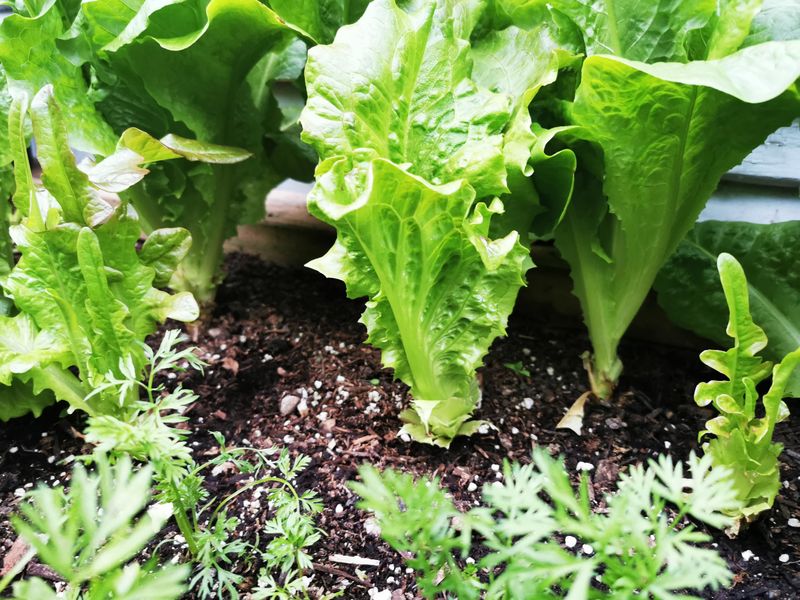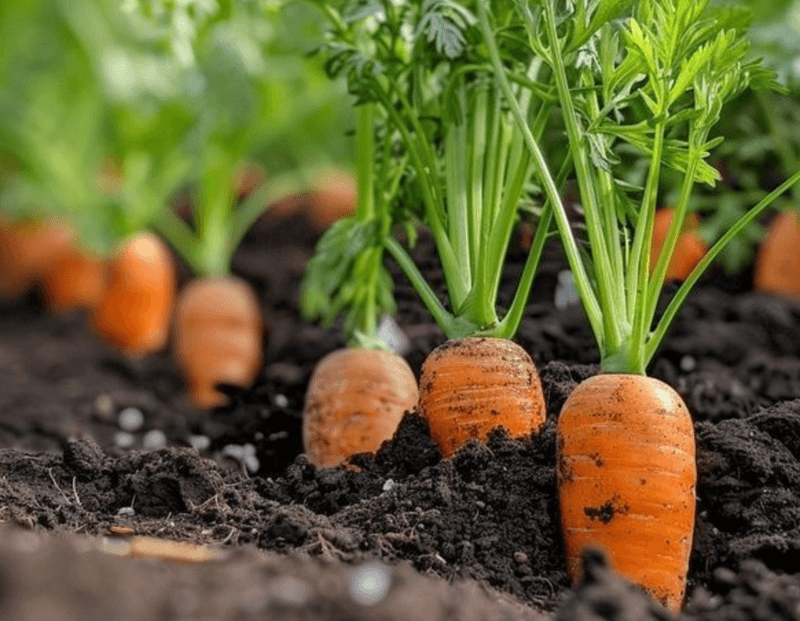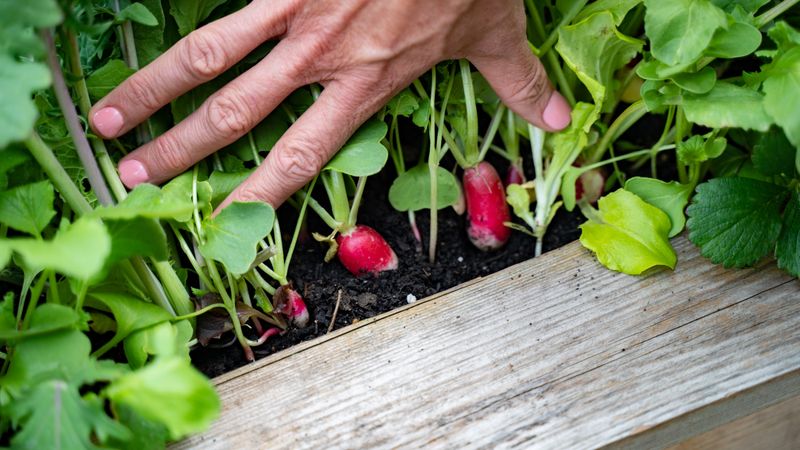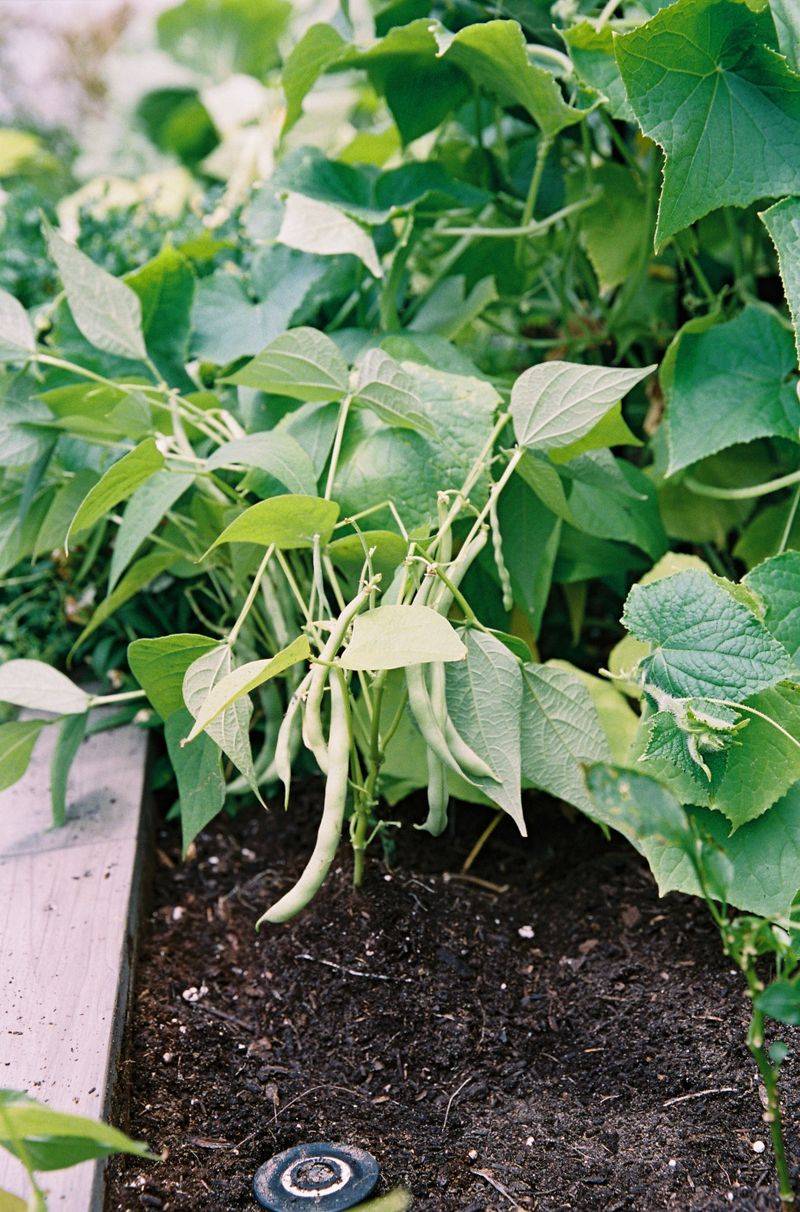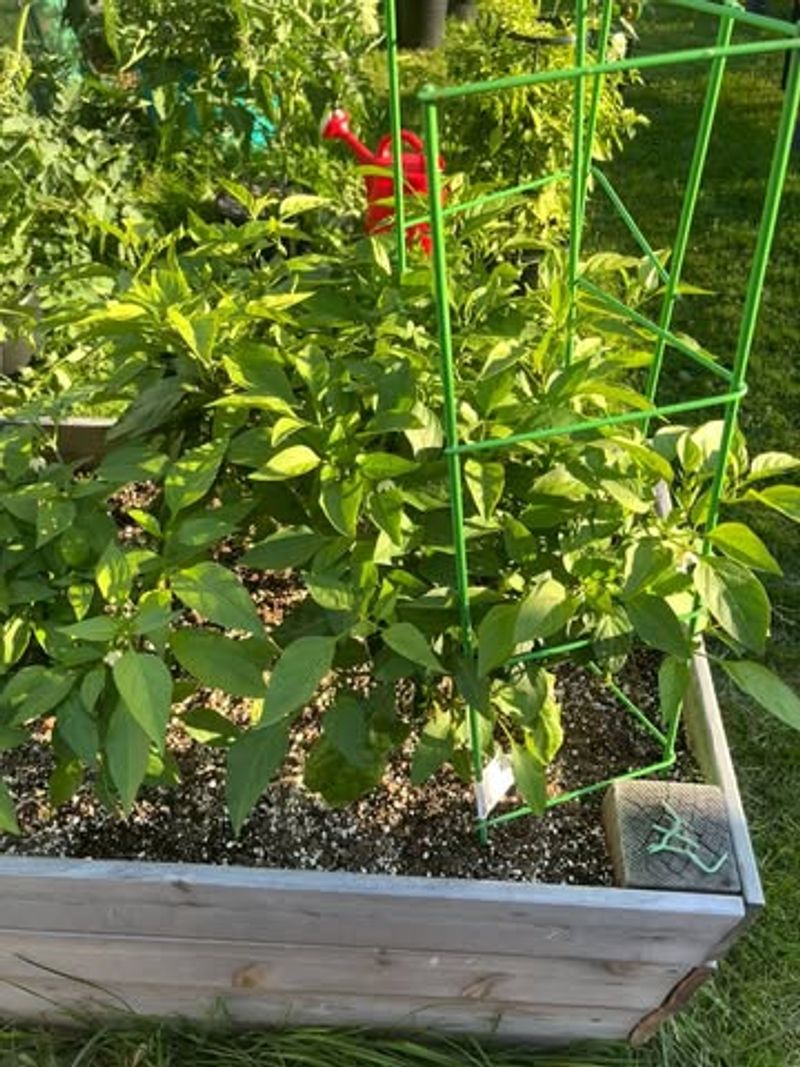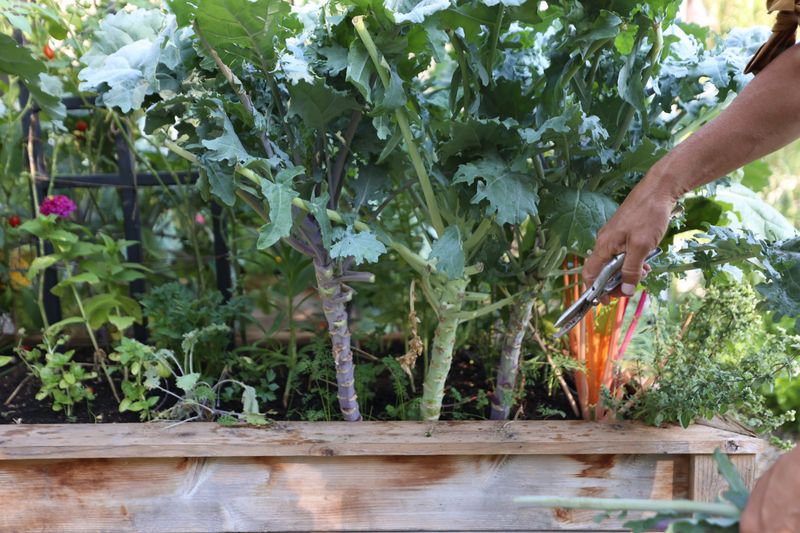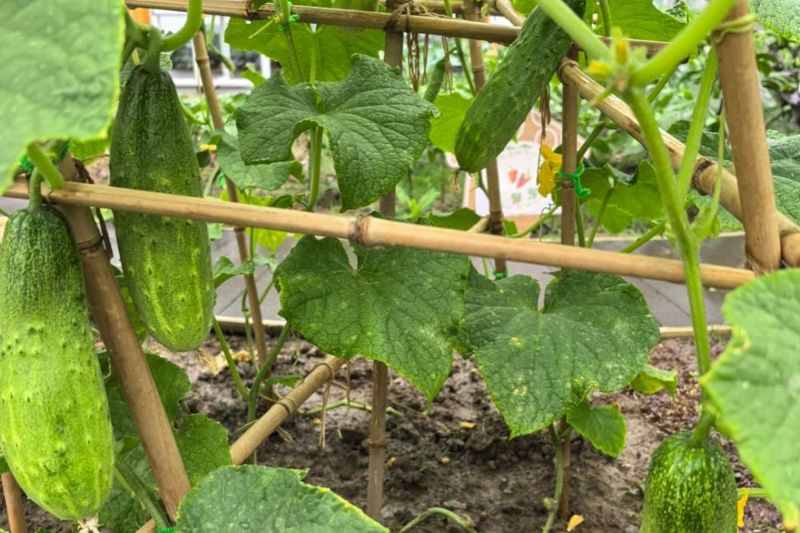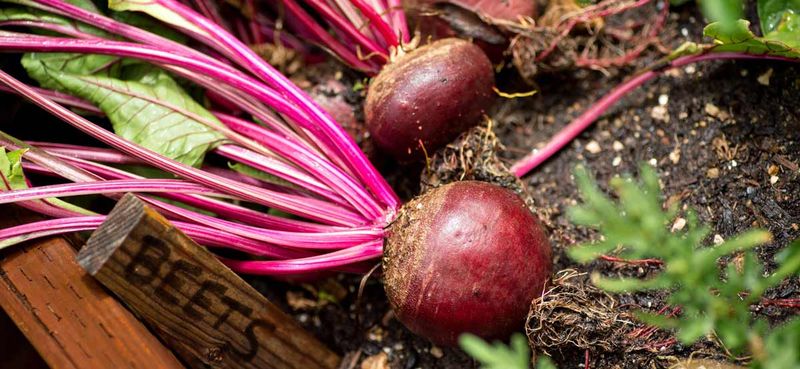Raised bed gardening has become a go-to in California—and it’s easy to see why. Better drainage, customized soil, and a neat layout make it perfect for tackling the state’s varied microclimates. But not every veggie is a great fit for those tidy, elevated plots.
Compact growers like carrots, lettuce, bush beans, and peppers thrive in raised beds, especially when the soil is loose and rich. They stay well-contained, respond quickly to amendments, and make harvesting a breeze.
On the flip side, vining giants like pumpkins and watermelons need room to roam and often outgrow their boxes. Save those for in-ground plots or train them carefully. Choosing wisely means less struggle—and more delicious payoff.
1. Sweet Corn – Too Tall And Space-Hungry
Growing corn in raised beds feels like trying to park a bus in a compact car space. The stalks tower over everything else, creating shade problems for neighboring plants.
Wind pollination becomes tricky in raised beds, leading to ears with missing kernels. I’ve tried growing corn in my raised beds for three seasons before finally accepting defeat.
The root system also demands deep soil that many standard raised beds simply can’t provide. You’re better off dedicating a ground-level plot if you really want those farm-fresh ears.
2. Pumpkins – Sprawling Space Invaders
Pumpkin vines are the marathon runners of the vegetable world. They’ll quickly outgrow your raised bed, sprawling 10-15 feet in every direction and climbing over anything in their path.
The heavy fruits need ample ground support, which the edges of raised beds don’t provide well. My first attempt at raised bed pumpkins resulted in fruits hanging precariously off the sides, several eventually falling and cracking.
These garden giants are much happier with room to roam in a dedicated ground patch where their enthusiastic growth isn’t constrained by wooden walls.
3. Watermelons – Too Heavy And Horizontal
These summer favorites produce sprawling vines that quickly outpace the confines of even large raised beds. The extensive root systems also prefer to spread horizontally rather than dig deep.
The fruits themselves pose another challenge – they’re heavy! When watermelons mature along bed edges, they often fall and split open before harvest time. I’ve lost several promising melons this way in my coastal garden.
Since each plant needs about 25 square feet of space to thrive, your valuable raised bed real estate is better dedicated to more compact crops that appreciate the controlled environment.
4. Artichokes – Perennial Space Hoggers
Artichokes grow into massive perennial plants that can reach 4 feet tall and wide, quickly dominating any raised bed. Their extensive root systems also dig deep, making them poor neighbors for other vegetables.
These Mediterranean natives actually prefer our California ground soil conditions, especially along coastal areas. After trying to contain them in raised beds, I’ve found they produce much better when given their own dedicated in-ground space.
Since they’ll produce for 3-5 years once established, artichokes deserve their own permanent spot rather than taking up premium raised bed real estate.
5. Asparagus – Long-Term Bed Occupiers
Asparagus demands patience and permanent real estate, producing for up to 20 years once established. This long-term commitment makes it impractical for raised beds, which are typically rotated with annual crops.
The extensive root systems can reach 6 feet deep, far beyond most raised bed depths. When I tried growing asparagus in a raised bed, the limited depth stunted growth and produced thin, disappointing spears.
Since you can’t disturb asparagus to plant other crops, dedicating an entire raised bed to this perennial isn’t practical for most home gardeners with limited space.
6. Potatoes – Underground Space Limitations
While potatoes can grow in raised beds, they’re not efficient users of this premium space. The tubers form at different soil depths, requiring mounding or deep soil that many raised beds don’t provide.
Harvesting becomes a messy excavation project that disrupts the carefully prepared raised bed soil. I’ve found that growing potatoes in dedicated grow bags or ground plots yields better results with less hassle.
Potatoes also deplete soil nutrients heavily, requiring significant amendments before replanting. With our year-round California growing season, that valuable raised bed space could produce multiple crops of other vegetables in the same time.
7. Rhubarb – Perennial Bed Monopolizer
Rhubarb plants are the marathon runners of the garden world, producing for 10-15 years once established. This makes them impractical for raised beds where most gardeners rotate crops seasonally.
The massive leaves can span 3 feet across, shading out neighboring plants and dominating the growing space. From personal experience, I can say they’re much happier as standalone specimens in a permanent ground location.
Since only the stalks are edible (the leaves are toxic), rhubarb doesn’t provide enough food value to justify dedicating an entire raised bed to its sprawling growth habit.
8. Jerusalem Artichokes – Underground Invaders
Don’t let these innocent sunflower relatives fool you! Jerusalem artichokes (sunchokes) are notorious spreaders that will take over your entire raised bed within a season or two, making them nearly impossible to remove completely.
The tubers fragment easily during harvest, with each tiny piece growing into a new plant. My experiment with sunchokes in a raised bed turned into a three-year battle to reclaim the space from these persistent plants.
They’re much better suited to a contained ground area where their vigorous growth can be managed without compromising your valuable raised bed real estate.
9. Winter Squash – Space-Demanding Vines
Butternut, acorn, and other winter squashes produce extensive vines that quickly outgrow raised bed boundaries. A single plant can sprawl 10+ feet in all directions, overwhelming neighboring plants and neighboring beds!
The heavy fruits often develop along bed edges, making them prone to falling and damage. After trying to contain butternut squash in my raised beds for years, I’ve surrendered and now grow them in a dedicated ground patch.
While some compact bush varieties exist, they still require significant space and typically produce fewer fruits than their sprawling cousins, making them inefficient users of premium raised bed space.
10. Okra – Height And Heat Requirements
Okra plants grow surprisingly tall (4-6 feet) and develop woody stems that can shade out neighboring plants in raised beds. Their height makes them vulnerable to toppling in our occasional California winds when planted in raised positions.
They’re also extreme heat lovers, often struggling in coastal California’s moderate climate. I’ve found they perform much better in ground soil that retains heat longer than the quickly-warming (and cooling) raised bed environment.
With their extensive root systems and height requirements, okra plants simply take up too much vertical and horizontal space to be efficient raised bed candidates in most California gardens.
11. Tomatoes – Raised Bed Superstars
Tomatoes absolutely thrive in raised beds, especially in coastal California areas where soil temperatures can be cool. The elevated soil warms up faster in spring, giving these heat-lovers an early start.
The controlled environment allows perfect drainage, preventing the root rot issues that plague many in-ground tomatoes. I’ve consistently harvested twice as many tomatoes from my raised beds compared to ground plantings in my San Diego garden.
Indeterminate varieties can be easily trellised along the bed edges, maximizing vertical space while keeping fruits off the ground. Just make sure to provide adequate support for these heavy producers!
12. Lettuce – Perfect For Raised Bed Succession Planting
Lettuce loves the well-drained, loose soil that raised beds provide. The elevated growing environment also reduces slug and snail damage – a common lettuce predator in many California gardens.
With raised beds, you can easily extend the growing season by covering with shade cloth during hot summer months. This has allowed me to grow lettuce year-round in my Central Valley garden, something impossible in our heavy clay ground soil.
The quick maturity (30-45 days) makes lettuce perfect for succession planting, allowing multiple harvests from the same raised bed space throughout our long California growing season.
13. Carrots – Straight And Sweet In Loose Soil
Carrots struggle in California’s heavy clay soils but absolutely shine in the loose, stone-free environment of raised beds. The deep, uncompacted soil allows roots to grow straight and develop their full length without forking.
Raised beds drain perfectly, preventing the excessive moisture that causes splitting. My raised bed carrots have consistently grown sweeter and more uniform than any I’ve attempted in regular garden soil.
With quick maturity and compact growth, you can succession plant carrots throughout our long growing season, maximizing your raised bed space with multiple harvests of these nutritious root vegetables.
14. Radishes – Quick Raised Bed Gratification
Radishes mature in just 3-4 weeks, making them perfect for utilizing small spaces between slower-growing raised bed vegetables. The loose, well-drained soil produces crisp, spicy roots without the woodiness often found in ground-grown varieties.
The elevated growing environment reduces pest pressure from root maggots and other soil-dwelling insects. I’ve found I can grow perfect radishes year-round in my raised beds by simply positioning them in partially shaded spots during summer months.
Their shallow root systems make radishes ideal companions for deeper-rooted plants, maximizing your raised bed’s vertical growing space – something every California gardener appreciates in our limited urban plots.
15. Bush Beans – Compact And Productive
Bush beans are compact powerhouses that produce abundantly in raised beds without demanding excessive space. Their shallow root systems thrive in the loose, warm soil while fixing nitrogen that benefits neighboring plants.
The elevated growing position makes harvesting a back-friendly activity compared to ground-level plantings. After trying both pole and bush varieties, I’ve found bush beans give better yields for the space in my Southern California raised beds.
With quick maturity (50-60 days), you can succession plant multiple crops throughout our long growing season, making these protein-packed vegetables efficient users of valuable raised bed real estate.
16. Peppers – Heat-Loving Raised Bed Champions
Bell peppers, jalapeños and other capsicums thrive in the warm, well-drained soil of raised beds. The controlled environment prevents the root rot issues that often plague peppers planted in our heavier California soils.
The defined space makes it easy to add specific amendments peppers love, like calcium and compost. My raised bed peppers consistently outproduce ground-planted ones, especially in coastal areas where soil temperatures can be cool.
Their compact growth habit makes efficient use of space, and their long production season (sometimes 6+ months in our climate) provides excellent value from your raised bed investment.
17. Kale – Year-Round Raised Bed Performer
Kale thrives in raised beds across all California climate zones, producing nutritious leaves for months longer than ground plantings. The excellent drainage prevents the root rot issues that often affect kale in our winter rainy season.
The controlled environment makes it easy to add compost and other amendments that keep these heavy feeders producing for extended periods. My Lacinato kale has continued producing for over 8 months in raised beds – far longer than ground-planted varieties.
With compact growth and vertical habit, kale efficiently uses raised bed space while providing continuous harvests. Just trim outer leaves as needed and the plants keep producing through most of our mild California winters.
18. Cucumbers – Vertical Raised Bed Climbers
Cucumbers excel in raised beds when provided vertical support along the edges. Trellising keeps fruits clean, straight, and easy to spot for harvesting at their prime stage.
The excellent drainage prevents the fungal diseases that often plague ground-grown cucumbers in many California regions. I’ve found my raised bed cucumbers produce nearly twice as long as ground-planted ones, especially during our humid coastal summers.
By growing vertically, these typically sprawling plants become efficient users of space. A single 4-foot section of raised bed edge can support 3-4 cucumber plants producing dozens of fruits throughout the season.
19. Beets – Root Perfection In Deep Soil
Beets develop perfectly round, sweet roots in the loose, stone-free soil of raised beds. The deep growing medium allows roots to expand without obstruction, preventing the deformities common in our heavy California clay soils.
The excellent drainage prevents the rotting issues that often affect beets during our occasional heavy winter rains. My raised bed beets consistently develop better color and flavor than any I’ve grown in traditional garden plots.
With their compact growth habit and relatively quick maturity (50-70 days), beets make efficient use of raised bed space. Both the nutritious roots and tasty greens are usable, providing double value from your garden real estate.

